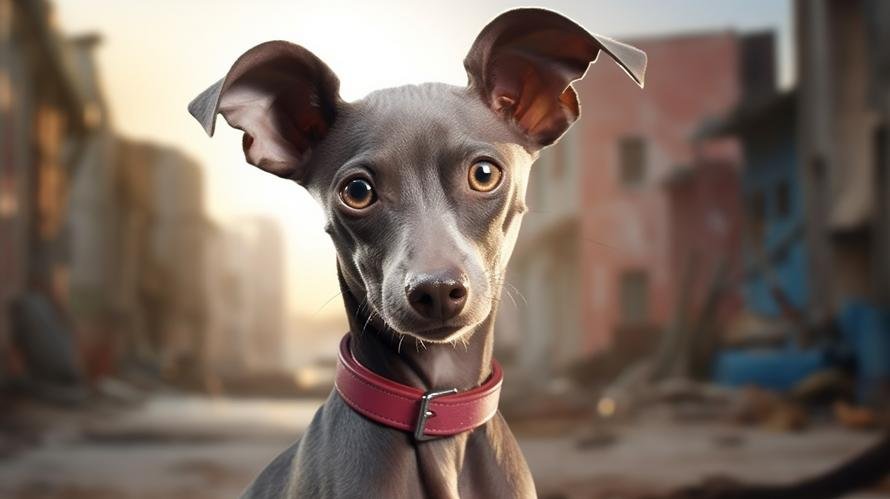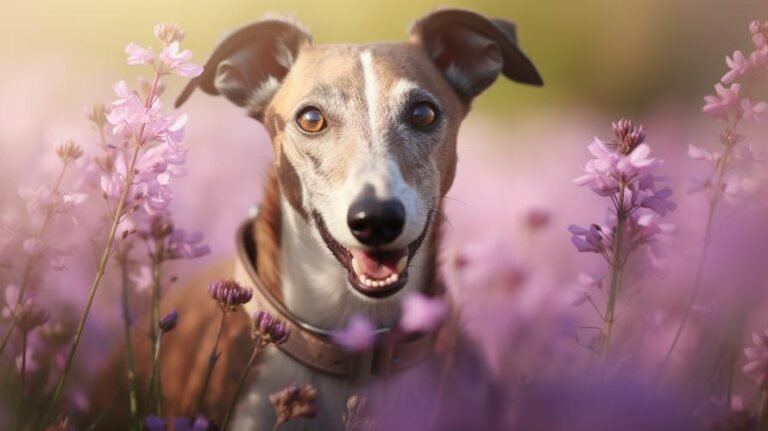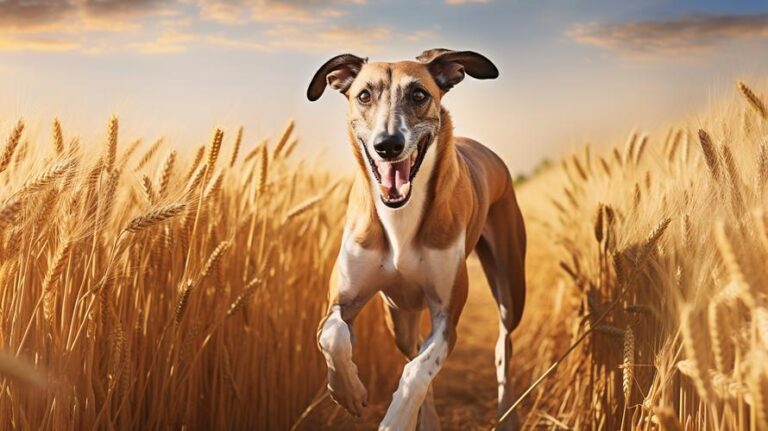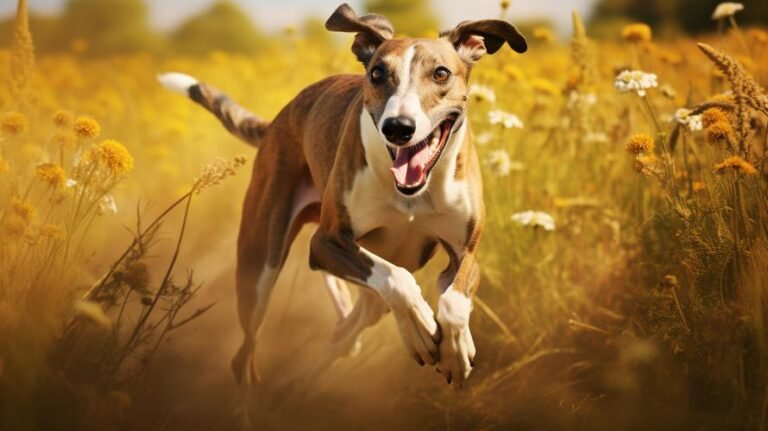Imagine this: you finally welcome home an Italian Greyhound, the sleek and slender dog breed that has been a dream addition to your family. This adorable furball radiates happiness and the joy in your household triples. You watch him trot around the house with strides that seem to draw from a well of endless energy.
But then, the feeding begins. You notice your precious hound picking at his meals, and immediately questions start bombarding your mind. Why is he eating so little? Does he need special Italian Greyhound food? Can he manage with regular dog food? Or, are his food preferences as sophisticated as his rich Italian heritage?
If these questions haunt you, you’re definitely not alone. And certainly not entirely wrong. Italian Greyhounds, often abbreviated as ‘IGs,’ do have specific diet needs, but perhaps not as unique or as exotic as you might fear. Their diet isn’t about spaghetti, pizzas, or a tiramisu, but consists of certain specific nutritional needs to keep them hale and hearty.
Italian Greyhounds are a particularly slender breed, with sharp features, pointy ears, and expressive eyes. Originating from ancient Greece and Turkey, around 4000 years ago, they were eventually bred by Italian nobilities in the Middle Ages, gaining their ‘Italian’ prefix. Traditionally, IGs were companion dogs for the royals and the aristocrats and even prominently featured in their paintings.
The Italian Greyhound is a remarkably agile and athletic breed despite its diminutive size. They need a nutrient-rich diet to sustain this energy and their lean muscle mass. The IGs are miniature sighthounds, and their bodies metabolize food differently compared to other breeds. They would need a diet higher in protein and fat as compared to other dogs of their size.
Here’s a useful tip: A high-quality commercial dog food that specifically mentions it meets the standards set by the Association of American Feed Control Officials (AAFCO) is generally a viable option for Italian Greyhounds.
The recommended diet for an adult Italian Greyhound should primarily consist of high-quality protein. Beef, chicken, fish or lamb can be a good source. It should include a balanced quantity of fats from fish oil or flaxseeds, integral for their skin and coat health. For their energy needs, complex carbohydrates like sweet potato or brown rice can be great additions. Fresh fruits and vegetables would ensure a supply of essential vitamins and fiber.
Since IGs have a low amount of body fat and a quick metabolism, they are prone to hypoglycemia, especially as puppies. Feeding your pet multiple smaller meals throughout the day can prevent this. Provide your young hounds 4-5 small meals daily, decreasing it to 2-3 times for adults.
Another important thing to consider is the sensitive nature of their dental health. Italian Greyhounds are predisposed to periodontal disease, implying that chewing hard kibble can sometimes cause discomfort or even harm. You may need to opt for softer food or consider a mix of wet and dry food to ensure they have no trouble eating and maintaining dental hygiene.
At this point, you may wonder about those adorable dog food ads featuring specific breeds. Are they just marketing strategies? Well, breed-specific meals exist, but the need for them solely depends on the individual dog. Some Italian Greyhounds might thrive on it, while others might prefer a standard high-quality dog meal. It’s always better to consult a veterinarian before making any major changes to your pet’s diet.
It is also vital to remember that any dog food, while compliant with the general nutritional needs, should fit the specific lifestage, lifestyle and activity level of your pet. If your Italian Greyhound has particular health concerns like allergies, digestive problems, or is overweight, the dietary requirements could be different. A canine nutritionist or a vet could guide you best for such scenarios.
While treats and human food might be hard to resist for that innocent face, it’s important not to give in every time they come begging. Obesity can lead to severe health problems for dogs, including bone and joint disorders, coupled with IG’s anatomy, this could lead to a particularly painful situation. Treats should make up only 10% of their daily calorie intake.
Italian Greyhound, with their sleek physique and charming persona, makes for an endearing pet. Feeding them right is not about gourmet meals or high-end brands; it’s about understanding their specific needs and providing a balanced, nutritious diet. Your Italian Greyhound might not demand a mouth-watering lasagna, but would certainly cherish the love and attentiveness you put in its meals.
As you watch your Italian Greyhound leap across the living room or fit into the smallest sunny spot of the house, remember that good food is the first step you can take to ensure they have a healthy, active, and long life. And isn’t that worth all the effort?
Your decision to own an Italian Greyhound not just brings along an energetic bundle of joy, warmth and companionship, but also the responsibility to care for it holistically. Meeting their nutritional needs is not too complex a task and pays back in the form of a healthy, happy and lively fur friend.
The key lies in understanding your pet’s individual requirements and taking counsel from a trusted vet. With proper care, the unique charm and appeal of your Italian greyhound would continue to illuminate your lives, making every day a tad bit more interesting and fulfilling.



